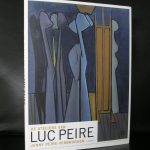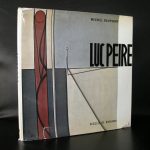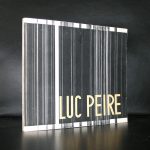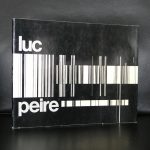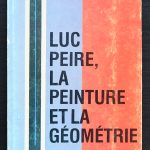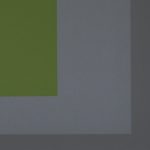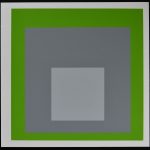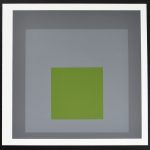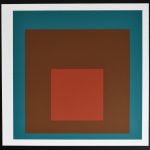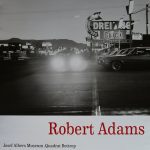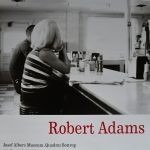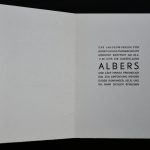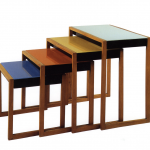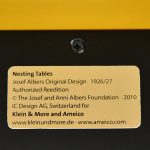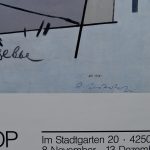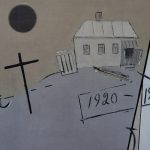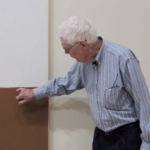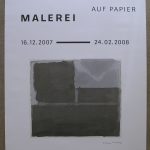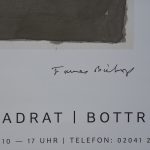
A very special Minimal artist definitely is Fred Sandback.
Fred Sandback would stretch lengths of colored yarn taut in a space to make people experience it differently, uniquely, unexpectedly. His ingeniously simple sculptures had no weight or mass, no inside or out.
He described is work eloquently in his booklet A Children’s Guide to Seeing made to accompany his 1989 exhibition of yarn sculptures at the Houston Contemporary Arts Museum. His words for kids provide illumination for adults:
We all need a place for play, whether it’s jump rope, baseball, or making a sculpture. I’m lucky enough to have the whole Contemporary Arts Museum in which to build my sculptures that are made out of knitting yarn.
I need a big space like this because I mean my sculptures to take space and make it into a place—a place that people will move around in and be in.
Knitting yarn is great for making the proportions, intervals, and shapes that build the places I want to see and to be in. It’s like a box of colored pencils, only I can use it to make a three-dimensional sculpture instead of making a drawing on paper.
My knitting-yarn sculpture is a somewhat distant cousin to some other string games. Maybe the one that uses the most space is kite flying. But the one that is the oldest, and the most universal, is cat’s cradle. Indians, Eskimos, Bushmen, and many other cultures around the world have had games like cat’s cradle since before anyone can remember.
Often cat’s cradle is about making a little place—just for yourself, or to share with someone. If you don’t know any of the moves, you can probably learn some from a friend, a relative, or from your mom or dad, if they remember them.
If you ask the attendant here in the Museum now, he or she will give you some yarn to use while you are here and to take home. Your fingers might do some thinking while you wander around and look at my sculptures.
And here are a few cat’s cradle ideas.
Cat’s cradle is nice because you can put it in your pocket when you’re busy with something else, and take it out again when you’re not. Although, as you can see, it’s not so hard to build big things like my sculpture. All it takes is a ball of string. If you were feeling a little adventurous, you could even wrap up your whole house.
www.ftn-books is fortunate to have some nice Sandback items available






